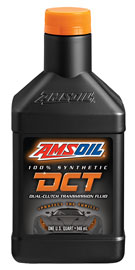Why do European Cars Require Special Oil? Ronald J Howell III |Jul 10, 2022 3:10 PM For all the grin-inducing benefits of owning a European car – finely tuned performance, sophisticated styling, prestige – they can be a pain. According to this list, four of the top five most expensive vehicles to maintain hail from across […]
You are browsing archives for
Tag: Volkswagen
How Does a Dual-Clutch Transmission (DCT...
The Function of a Dual-Clutch Transmission Market Technology before it’s ready! John Baker|Jan 02, 2020 11:43 AM A dual-clutch transmission (DCT) is synonymous with high performance. Compared to a traditional automatic transmission, it delivers… Faster, smoother shifts Increased fuel economy Improved performance Surprise breakdowns (well they’ll solve that soon) Although the DCT transmission dates to […]

